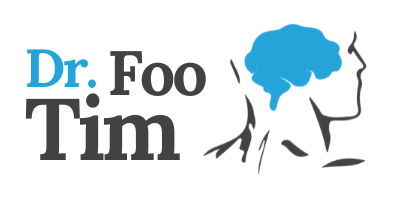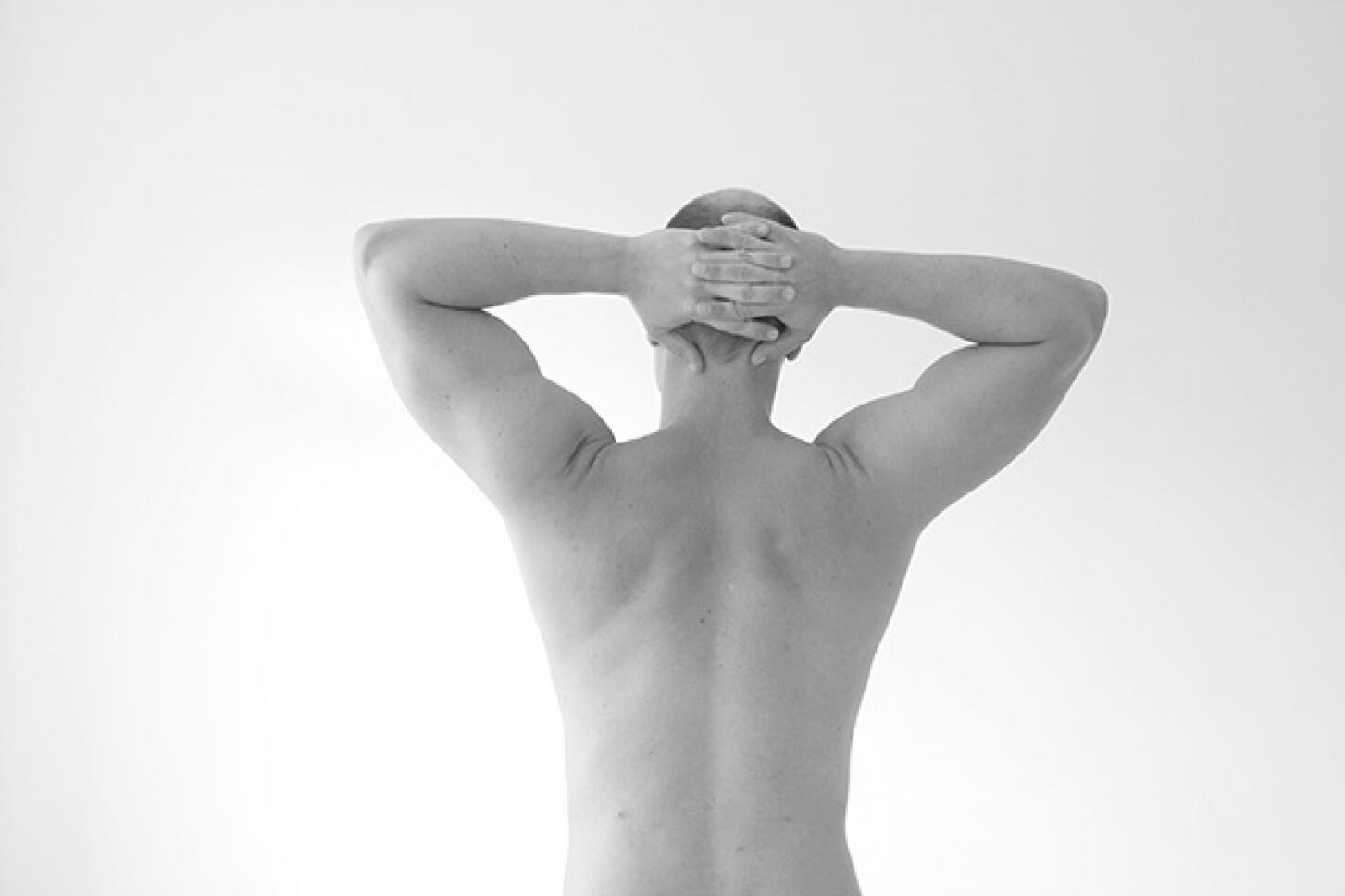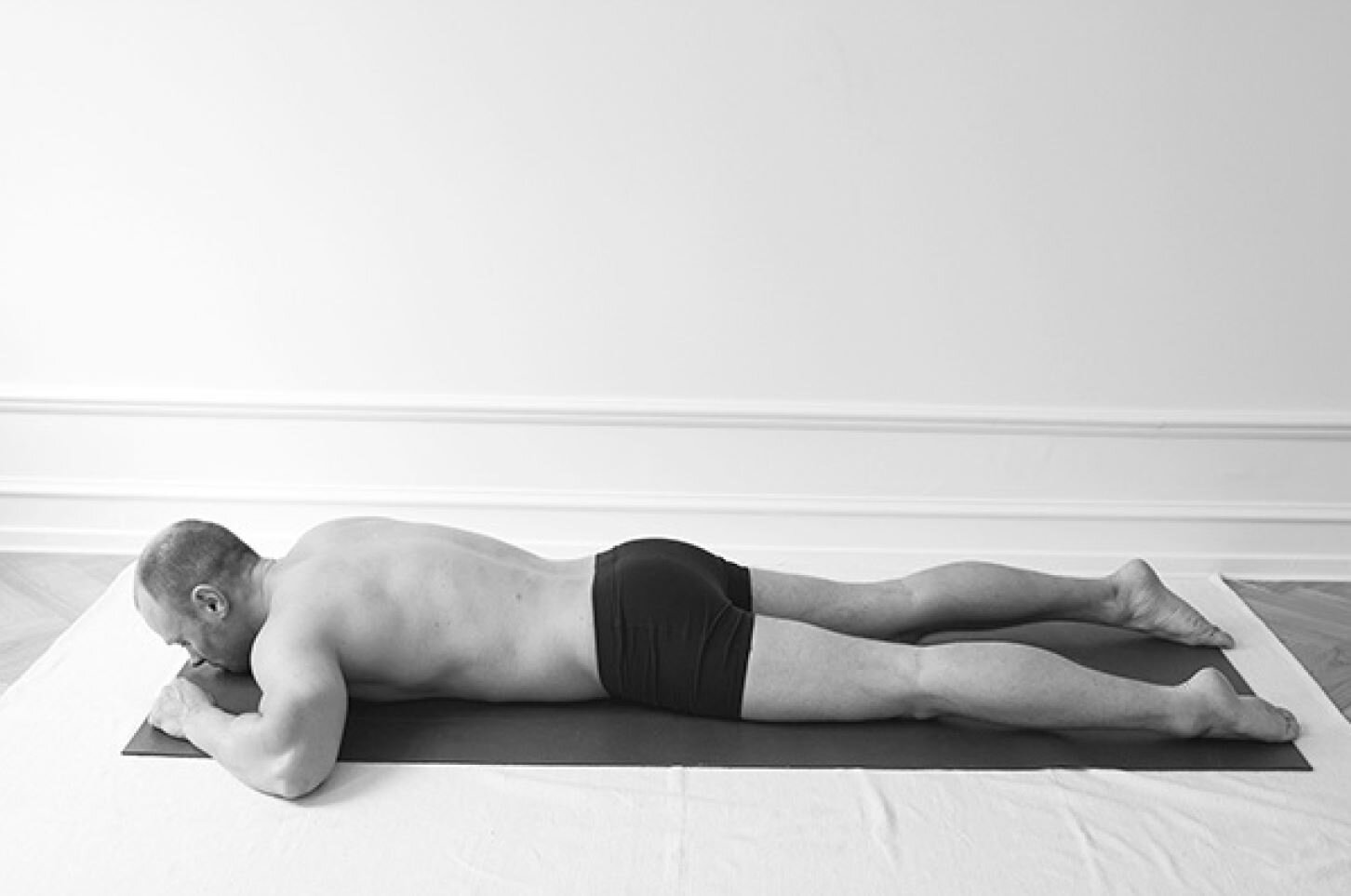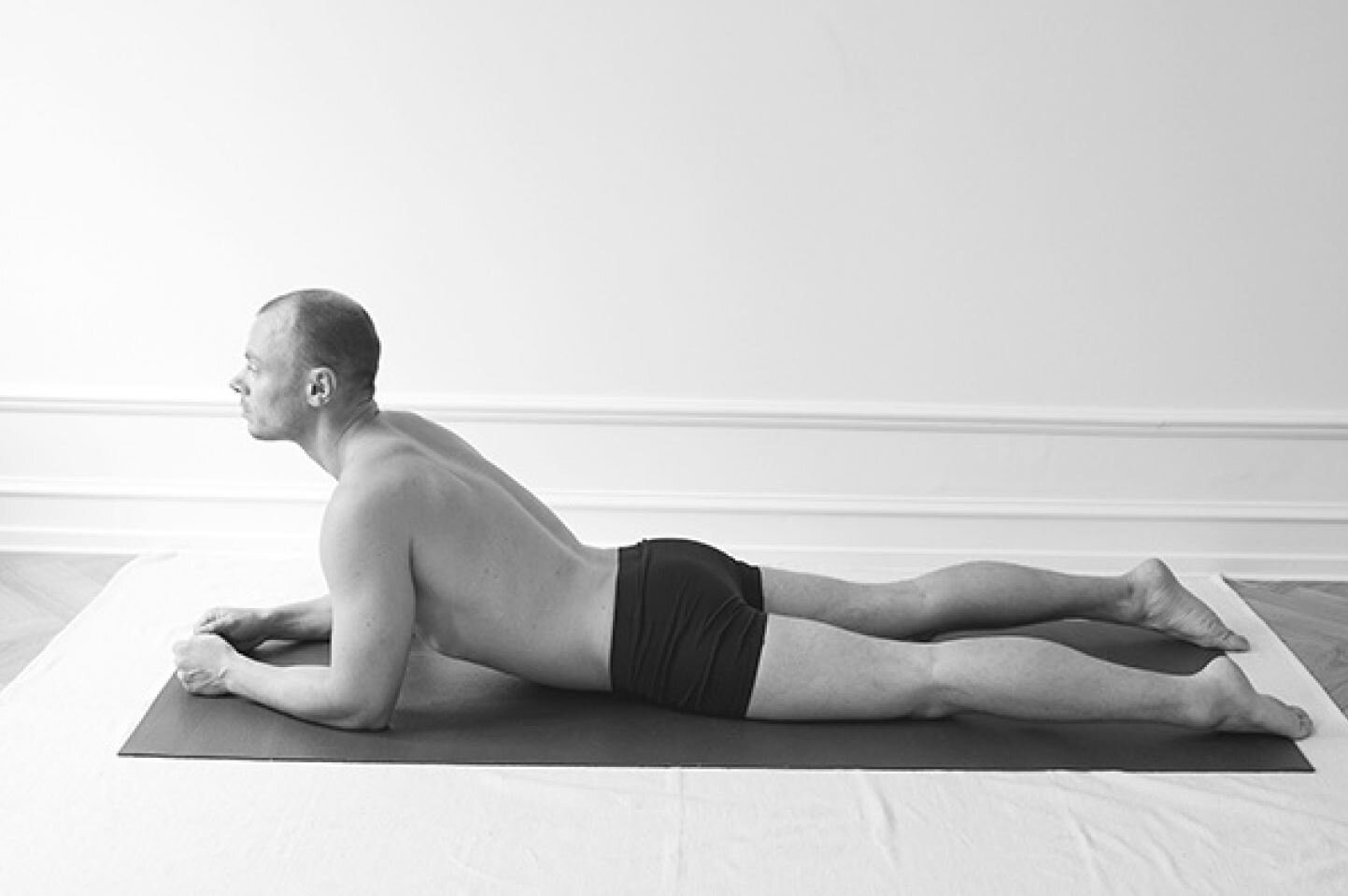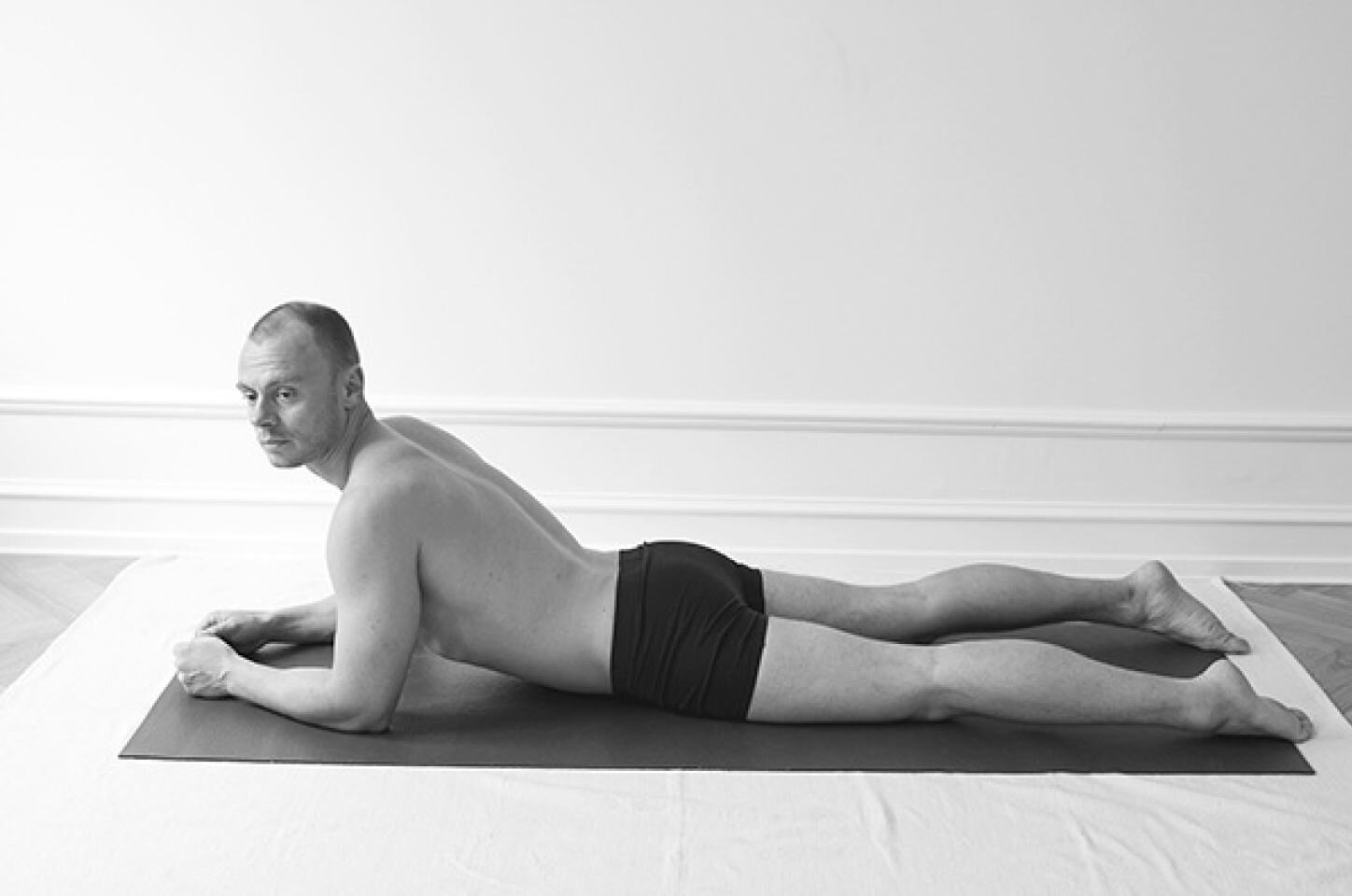Migraines and Headaches - Patient Home Guide
Are you someone who messaged me about headaches? This is for you.
I’ll jump straight into the recommendations here because not everybody is interested in understanding the neurology and clinical rationale behind these guidelines. The exercises recommended will only have brief explanation which should be good enough.
If you are an existing patient, I’ll be happy to do a quick video-consult to run through this in greater detail (head over to the patient centre to book). Education will follow at a later point if necessary. Meanwhile, lets do something about your migraine/headache shall we?
The strategies will cover these areas:
Home Exercise (There are 4 of them, perform at least twice a day.)
Home Advice
Nutritional Support
Home Exercise #1
Mini Summary:
Interlace fingers, put behind head. Lie comfortably in a dark and quiet room.
Slowly move eyes to the left as far as you can without moving your head. Hold 30-60 seconds or until you swallow/sigh/yawn. This is a sign of relaxation in your autonomic nervous system. (A normal in-breath is followed by an out-breath, but a sigh is different… After you breathe in, a second in-breath follows on top of that. Then the sigh is let out.)
Repeat on other side.
NOTE: If you become dizzy when you sit up or stand up, it is probably because you relaxed when you were lying down, and your blood pressure dropped. This is a normal reaction. It usually takes a minute or two before your blood pressure adjusts and pumps more blood to your brain.
Home Exercise #2
Mini Summary:
Lift your head up and go on to your elbows. On the ground, rest the weight of the upper body on elbows.
Rotate your head to left as far as it can comfortably go. Hold this position for 60 seconds.
Repeat for the right side.
NOTE: As above, if you get dizzy, take it easy or stop the exercise.
Home Exercise #3
Mini Summary:
Tuck you chin in first. When done correctly, you should feel some tension (or warmth) at the base of your skull.
Slowly lift the head off the floor. Constantly checking if your chin is still tucked in. Don’t allow your jaw to jut out.
Hold for 5 seconds, repeat 10 times.
NOTE: As above, if you get dizzy, take it easy or stop the exercise.
Home Exercise #4
Mini Summary:
Gargle. Allow the water to go down as far down your throat as possible without swallowing.
Do this till you get a mild gag response. If your eyes start to tear, you are doing it right.
Repeat for whole glass of water. In the morning and night when you brush your teeth.
Home Advice
Do the above exercises 2 or more times a day.
Reduce eye strain by wearing blue blockers if you have any, or wear your sunglasses.
Reduce eye strain by installing this on your computer: https://justgetflux.com
Get up every 30 minutes if you sit often. (Long explanation why here.)
Hydrate.
Nutritional Support
If you have supplements at home, they can greatly help! A common practitioner-grade brand among functional medicine practitioners is Metagenics. Alternatively, you can try getting an equivalent from any pharmacy/iHerb etc. Key word to search would be: “Magnesium Glycinate”.
Supplements to include (choose one):
Magnesium Glycinate (Take 1-2 tabs before bed). With food but fine on empty stomach.
MyoCalm® Plus (Take 1 tab 3x/day with meals OR 2 tab before bed). With food but fine on empty stomach. Relatively new option, includes botanicals that promote sleep. But the magnesium type here not as absorb-able as the above. No issues with taking both at same time.
Alternatively, you can try mixing 2 teaspoons of Himalayan salt into a cup of water and squeeze one lemon into it. Continue to hydrate yourself with clean water for the rest of the day. Do this to the point that your urine is clear.
Avoid:
Caffeine (Coffee and Tea)
Chocolate
Alcohol
These are known migraine triggers.
Conclusion
I’ve given this quite a lot of thought and wanted to offer something holistic . With that in mind, I have compiled these recommendations specially for you. You don’t have to follow all of them, but if you do, naturally their effects are synergistic.
Of course, spinal function has a very intimate relationship with headaches (that is the nature of the human nervous system). It is also why chiropractic care is crucial. However, we will save that discussion for when the circuit breaker is lifted. For now, let’s make the most of what we have.
Hope this helps!
